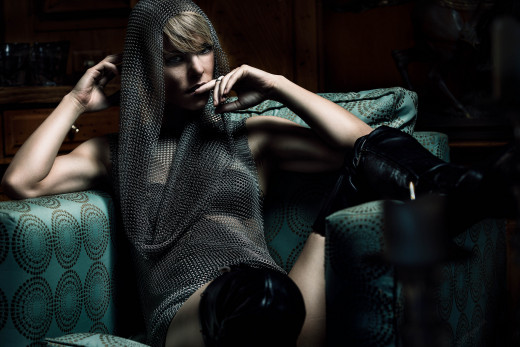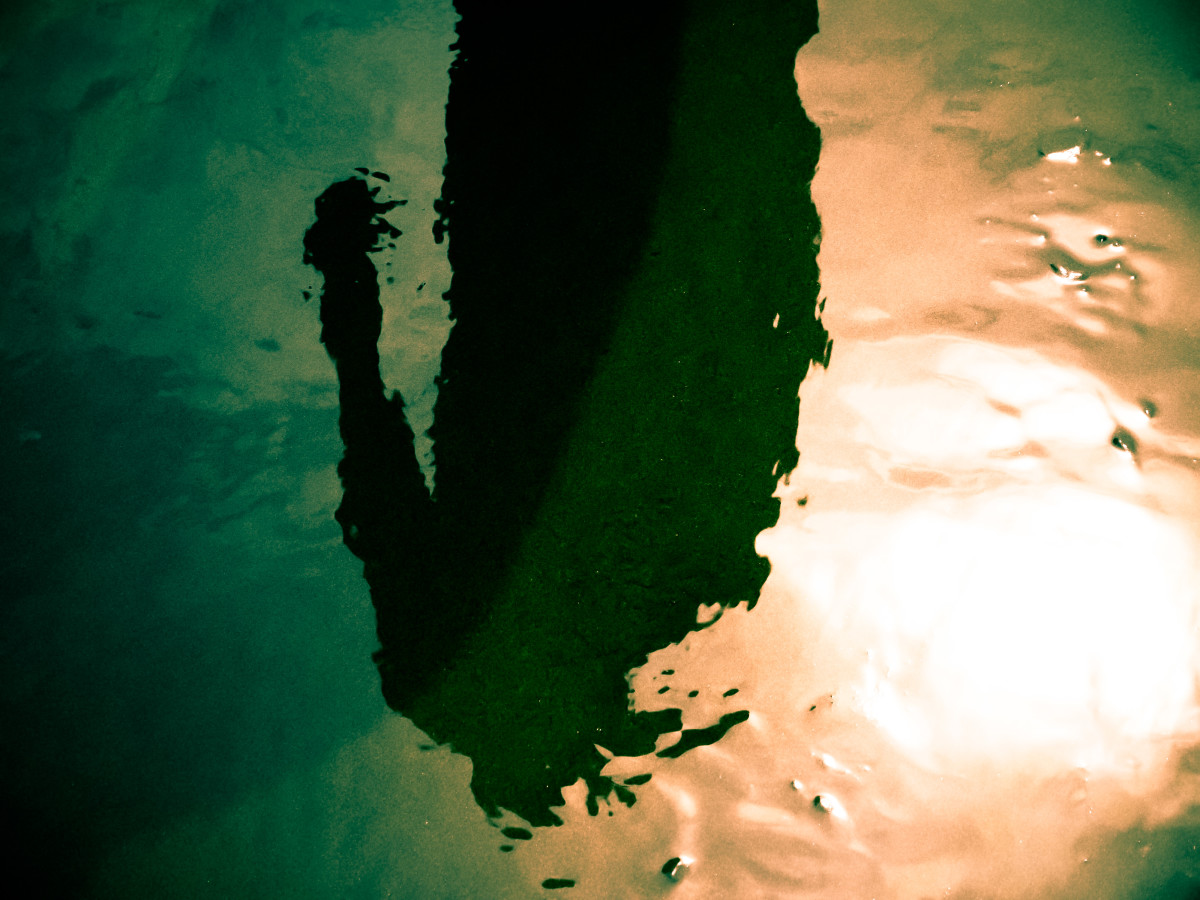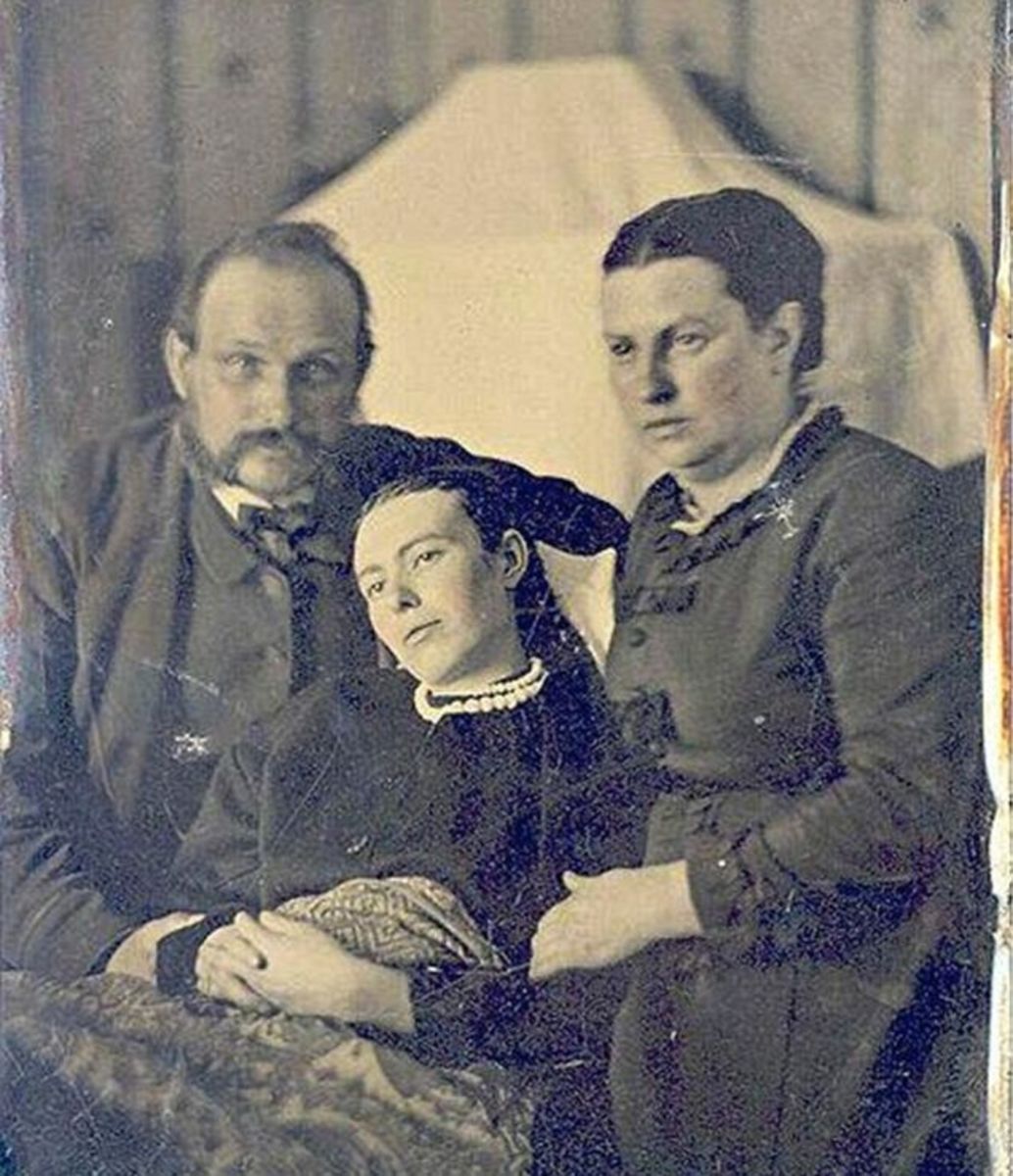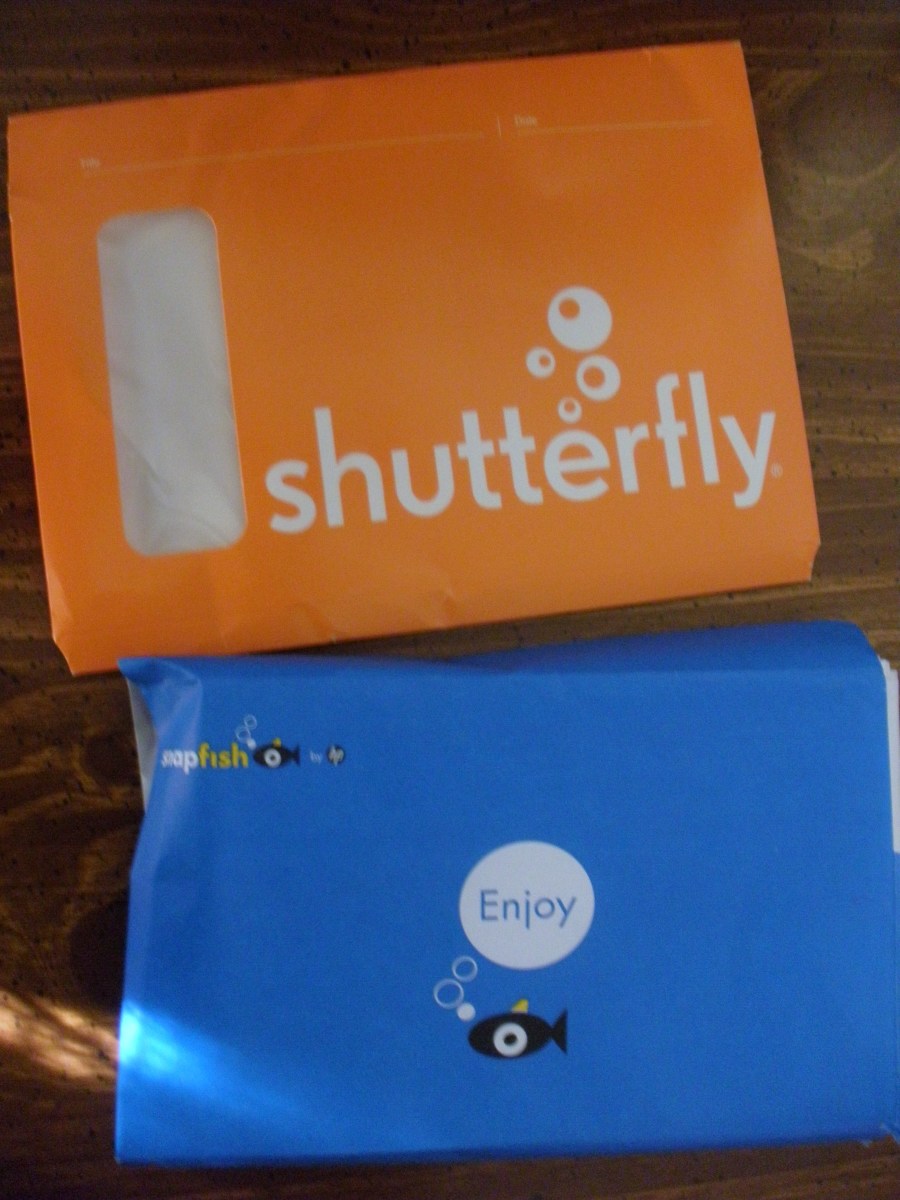Using Photographic Flash Correctly
photography-flash-model

Flash Use
The following are some tips for better flash photography and suggestions for when and when not to use flash that can make your photo excursion a memorable one.
Flash is useful when the lighting conditions are not ideal for photography purposes or when a special effect wants to be added,such as freezing the action.
When not to use flash.There are occasions when you cannot use flash, using flash is prohibited, flash will ruin the shot or its use is not advisable.
Most indoor events, whether private or public, do not allow the use of flash and most often this is clearly marked. Although the rationale appears to be to protect art works, not to disturb performers, because there is sensitive material or many other reasons, most always the use of flash is not allowed for commercial reasons.
When photographing in front of a reflective surface, such as aquariums, most flash bursts will reflect back to the camera and it will ruin the shot. If you must photograph and your subject is in front of a reflective material, then shoot at an angle so that the burst of light will angle away from the camera. However this only works if your flash unit is capable of being rotated. Otherwise, if you can,brace the camera and use a longer exposure time and/or a wide aperture.
Another very useful technique when photographing subjects that are behind a glass surface like a window, is to place both the lens and the flash unit right up to the reflective surface (glass). Just make sure that the glass has been cleaned thoroughly.
There are situations where the ambient light is better and provides atmosphere to the shot, such scenes are common in restaurants or at events where the light is purposely kept low to ad "charm" to the ambiance.Using flash may eliminate the effect.
The light from a flash unit, like any other light, falls off the longer that it has to travel to and fro the camera. If your subject is too far away to benefit from the use of a flash, then it does not make sense to use it. Use a longer exposure time instead. Always remember to brace yourself and the camera when using long exposures.
When the distance between camera and the subject is too short. A burst of flash onto a subject which is close to the camera, will produce very harsh light and will create an "over washed" effect. Rather than aiming the flash at the subject, bounce the light instead, preferably from a white ceiling or wall or even from a cigarette box!
Correct use of flash. During overcast or cold days and on locations where the overall colors are "cool", then the use of flash, fill in flash , to be more exact is recommended because it will add a warming effect onto the subject. To fill or lessen the effects of unsightly shadows on your subject, then use a fill in flash unit to bring these areas out and to highlight strong colors more.
When there is not enough light to take the photo and the subject is not stationary or there is no way to brace the camera, then a flash must be used. Again try to bounce the light.
To freeze movement. If you want to freeze movement on any subject, you can either uses a fast shutter speed or uses flash. If using a fast shutter speed, then the available light must be sufficient for the shutter speed to work. If however, the light /fast shutter speed combination is not appropriate, then flash will effectively freeze any movement.
To add a catch-light effect. If you have ever noticed photographs where there is a glow in the subject's eyes, then the photographer was knowingly or unknowingly using a catch-light or the ambient light added the effect. Photographers, especially portrait photographers, use a flash unit for specifically this purpose. The unit looks like a ring flash but it's usually larger. It mostly consists of a light source, where the center has been blocked out to only allow light to emanate from the sides in a circular mode. You can make your own by using a translucent margarine bowl, line it with aluminum foil, block off the direct path of light from your flash by hanging a piece of cardboard to the sides of the bowl and in direct path to the flash head, and attach the finished d.i.y ring flash to your flash unit.
Use of soft-boxes, diffusers and reflectors.
Often a flash is not necessary, then there are other ways of adding light. By placing a reflective material at an angle to your subject, you will be directly light back onto the subject.
Use cardboard or poster board that is white- for a natural effect, silver- for a stronger reflection, or gold-for a warming effect. The sun shield that most people use in their cars is excellent for this purpose.
Sometimes the ambient light or your flash will prove to be too strong or unflattering. In these cases , and most always for that matter, then the use of a diffuser is well worth it. A diffuser is nothing more than a translucent material which is placed between the subject and light source , and serves to diffuse, "spread", the light more evenly across the subject. White cotton t-shirts are good, so is a handkerchief. Both can be cut to fit the flash head or the artificial light source if using one. For sunlit subjects, take the photos preferably during overcast days, earlier in the day, or when the afternoon is approaching.
There are also a wide array of attachments that can be used directly on a flash unit and serve to re-direct the light, soften it or highlight a specific spot such as barn-doors and a snoot.









